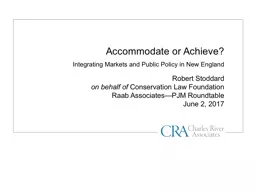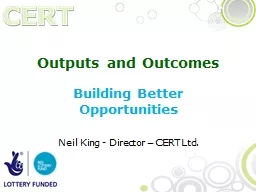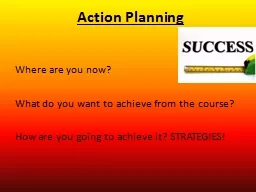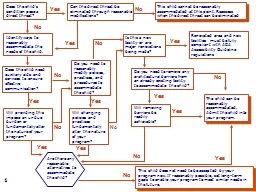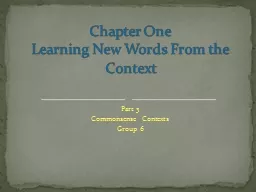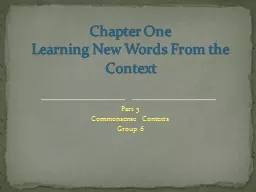PPT-Accommodate or Achieve?
Author : phoebe-click | Published Date : 2020-01-23
Accommodate or Achieve Integrating Markets and Public Policy in New England Robert Stoddard on behalf of Conservation Law Foundation Raab AssociatesPJM Roundtable
Presentation Embed Code
Download Presentation
Download Presentation The PPT/PDF document "Accommodate or Achieve?" is the property of its rightful owner. Permission is granted to download and print the materials on this website for personal, non-commercial use only, and to display it on your personal computer provided you do not modify the materials and that you retain all copyright notices contained in the materials. By downloading content from our website, you accept the terms of this agreement.
Accommodate or Achieve?: Transcript
Download Rules Of Document
"Accommodate or Achieve?"The content belongs to its owner. You may download and print it for personal use, without modification, and keep all copyright notices. By downloading, you agree to these terms.
Related Documents

